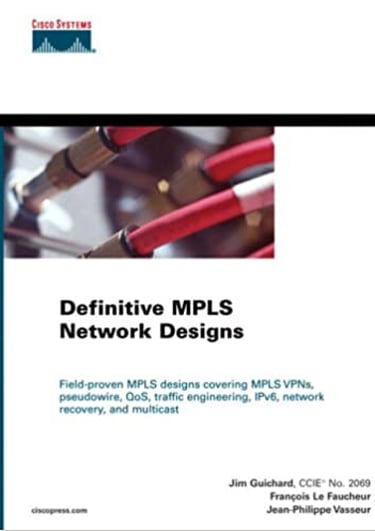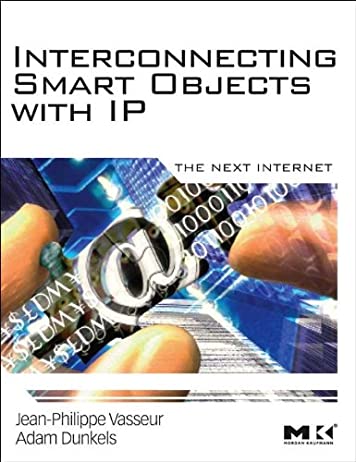Books Published
Network Recovery
Network Recovery is the first book to provide detailed information on protecting and restoring communication networks, and it sets a sky-high standard for any that may follow. Inside, you’ll learn specific techniques that work at each layer of the networking hierarchy—including optical, SONET-SDH, IP, and MPLS—as well as multi-layer escalation strategies that offer the highest level of protection. The authors begin with an incisive introduction to the issues that define the field of network protection and restoration, and as the book progresses they explain everything you need to know about the relevant protocols, providing theoretical analyses wherever appropriate. If you work for a network-dependent organization, large or small, you’ll want to keep Network Recovery within reach at all times.
* Shows you how to implement protection and recovery techniques that will save your organization time and money.
* Documents techniques for the optical, SONET-SDH, IP, and MPLS layers, as well as multi-layer escalation strategies.
* Shows you how to evaluate these techniques in relation to one another, so you can develop an optimal network recovery design.
* Provides industry examples and simulation results.
* Delves into the inner workings of relevant protocols and offers theoretical analyses wherever this information contributes to your practical knowledge.


Definitive MPLS Network Design
Field-proven MPLS designs covering MPLS VPNs, pseudowire, QoS, traffic engineering, IPv6, network recovery, and multicast
· Understand technology applications in various service provider and enterprise topologies via detailed design studies
· Benefit from the authors vast experience in MPLS network deployment and protocol design
· Visualize real-world solutions through clear, detailed illustrations
· Design studies cover various operator profiles including an interexchange carrier (IXC), a national telco deploying a multiservice backbone carrying Internet and IP VPN services as well as national telephony traffic, an international service provider with many POPs all around the globe, and a large enterprise relying on Layer-3 VPN services to control communications within and across subsidiaries
· Design studies are thoroughly explained through detailed text, sample configurations, and network diagrams
Definitive MPLS Network Designs provides examples of how to combine key technologies at the heart of IP/MPLS networks. Techniques are presented through a set of comprehensive design studies. Each design study is based on characteristics and objectives common to a given profile of network operators having deployed MPLS and discusses all the corresponding design aspects.


Interconnecting Smart Objects with IP
Interconnecting Smart Objects with IP: The Next Internet explains why the Internet Protocol (IP) has become the protocol of choice for smart object networks. IP has successfully demonstrated the ability to interconnect billions of digital systems on the global Internet and in private IP networks. Once smart objects can be easily interconnected, a whole new class of smart object systems can begin to evolve. The book discusses how IP-based smart object networks are being designed and deployed.
The book is organized into three parts. Part 1 demonstrates why the IP architecture is well suited to smart object networks, in contrast to non-IP based sensor network or other proprietary systems that interconnect to IP networks (e.g. the public Internet of private IP networks) via hard-to-manage and expensive multi-protocol translation gateways that scale poorly. Part 2 examines protocols and algorithms, including smart objects and the low power link layers technologies used in these networks. Part 3 describes the following smart object network applications: smart grid, industrial automation, smart cities and urban networks, home automation, building automation, structural health monitoring, and container tracking.


